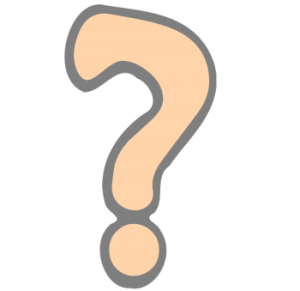Questioning Techniques in Primary Science: Difference between revisions
No edit summary |
No edit summary |
||
| (5 intermediate revisions by the same user not shown) | |||
| Line 4: | Line 4: | ||
|attribution={{PaulWarwick}} | |attribution={{PaulWarwick}} | ||
|title= Questioning Techniques in Primary Science | |title= Questioning Techniques in Primary Science | ||
|tagline=Asking questions about what students saw | |tagline=Asking questions about what students saw, measured, understood. About what could happen, happened, should have happened... and more. | ||
|image=QuestionMark.png | |image=QuestionMark.png | ||
|subject=teacher education, science | |||
|subject= | |||
|resourcenumber= TE046 | |resourcenumber= TE046 | ||
|age= | |age= Primary | ||
|final=yes | |||
|content= This resource deals with: | |content= This resource deals with: | ||
# Different types of questions - using Bloom's taxonomy. | # Different types of questions - using Bloom's taxonomy. | ||
| Line 18: | Line 17: | ||
# Productive questions in science. | # Productive questions in science. | ||
|strategy= | |strategy= | ||
|topic= Questioning | |||
|Learning Objectives= | |Learning Objectives= | ||
* Identifying and applying different kinds of questioning technique. | * Identifying and applying different kinds of questioning technique. | ||
| Line 33: | Line 33: | ||
|format= | |format= | ||
|resources= | |resources= | ||
* Read the document [[Questioning Techniques in Primary Science/Document|Questioning Techniques - WikiText page]] | * Read the document online [[Questioning Techniques in Primary Science/Document|Questioning Techniques - WikiText page]] | ||
* Or download the document [[file:Questioning Techniques in Primary Science.doc]]. | * Or download the document [[file:Questioning Techniques in Primary Science.doc]]. | ||
|licence={{PaulWarwick}} | |licence={{PaulWarwick}} | ||
Latest revision as of 15:16, 9 January 2013
About. This resource deals with:
- Different types of questions - using Bloom's taxonomy.
- Questioning Techniques - questions to avoid, questioning a group.
- Common errors in questioning.
- Questions to ask children as they are working.
- Productive questions in science.
Pedagogical content. This resource offers the opportunity to think about the appropriate questions to ask at various stages of investigation and how to ensure high quality questioning(ta) at these points. This is obviously an important classroom skill, one which has a strong impact on children's progression, yet which can often be lacking in classrooms which tend to focus on fact-based recall questions. This resource offers an opportunity to think about such an activity and some prompts for applying questioning techniques. Although they are written for science, these suggestions could be used as prompts for application in other subjects. (edit)
| Resource details | |
| Title | Questioning Techniques in Primary Science |
| Topic | [[Topics/Questioning|Questioning]] |
| Teaching approach | [[Teaching Approaches/Questioning|Questioning]] |
| Learning Objectives |
|
| Subject | [[Resources/Teacher education|Teacher education]], [[Resources/Science|Science]] |
| Age of students / grade | [[Resources/Primary|Primary]]
|
| Related ORBIT Wiki Resources | |
| Files and resources to view and download |
|
| Acknowledgement | This resource was adapted from resources and original ideas contributed by Paul Warwick, at the Faculty of Education, University of Cambridge. |
| License | This resource was adapted from resources and original ideas contributed by Paul Warwick, at the Faculty of Education, University of Cambridge. |

